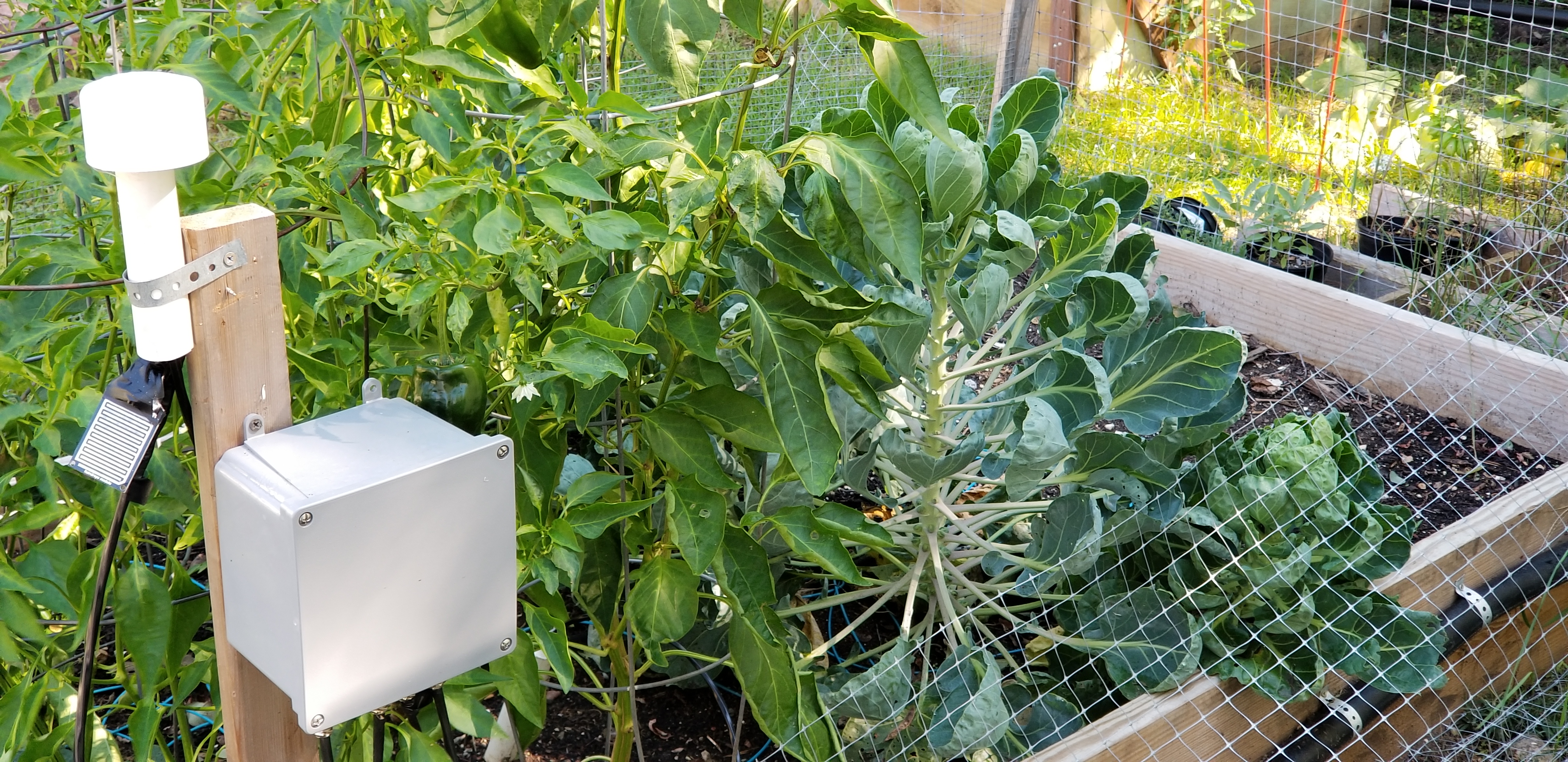climate change
Achieving Big Climate Goals: What It Takes to Succeed
It’s exciting to see numerous communities committing to 100% clean energy. At this point half a dozen states and more than one hundred local communities have committed to eliminate carbon emissions. That means about 1 in 5 Americans live in a community that’s committed to eliminate fossil fuels by mid-century.
These commitments are important and exciting. As we’ve discussed before, public commitments are a great way to jump start action while also influencing others to act as well.
To address climate change it’s critical, of course, that these communities succeed in transitioning away from fossil fuels. That’s where the rubber hits the road (and in many places the local roads are currently congested with single-occupancy vehicles, mostly running on gasoline).
Once the commitment is made these communities need to make change happen.
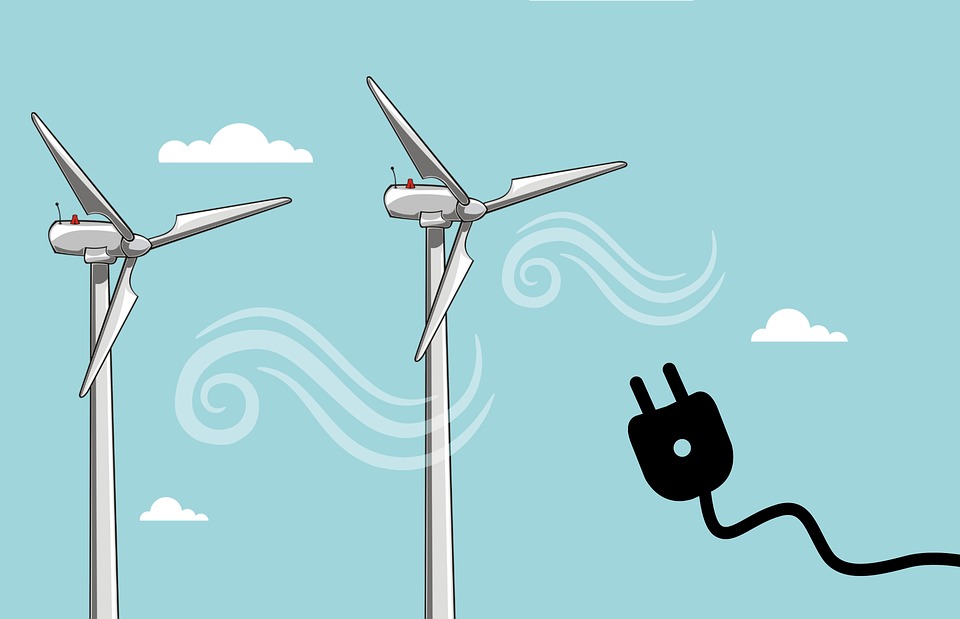
High-Tech Gardens
It’s Time for Culture Change

Achieving aggressive sustainability goals requires more than a strategy; sustainability leaders need to facilitate a culture change so that sustainable practices are part of a new normal.
Making Cool Choices in Northeast Wisconsin
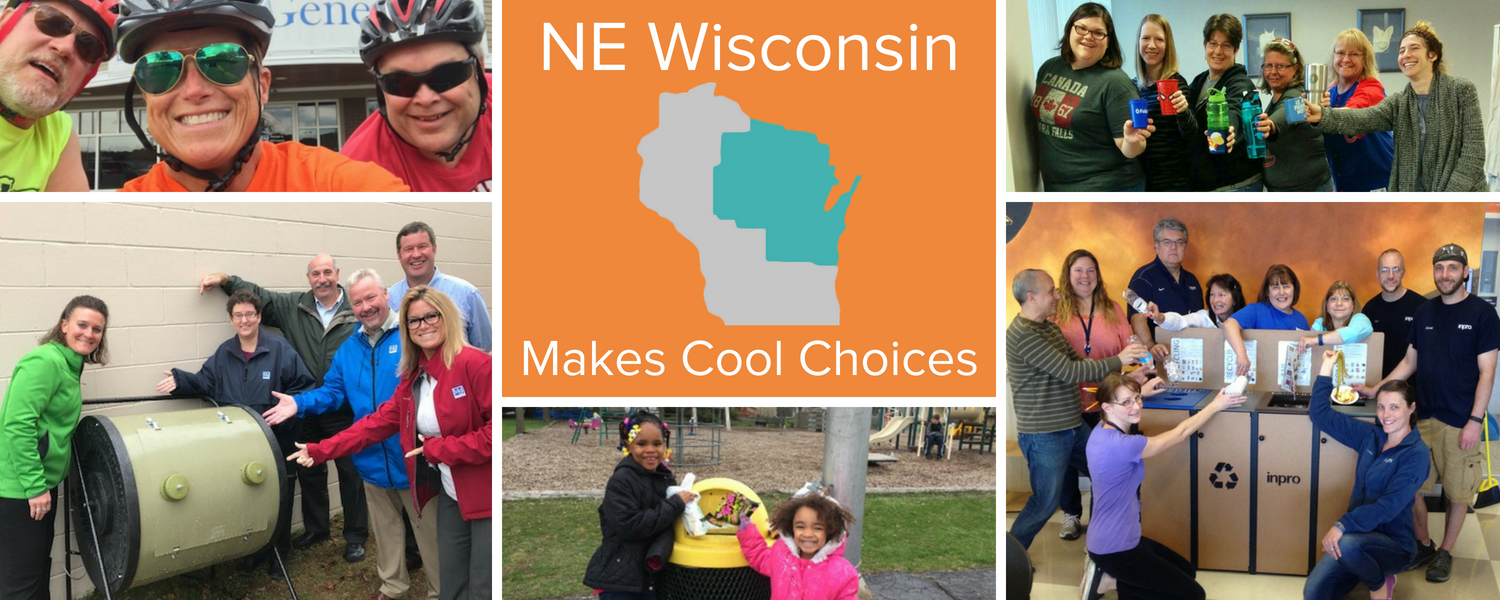
Some ideas are so good that they merit replication.
Last year Cool Choices did a community-scale sustainability program in Waukesha County, in partnership with the county’s workforce development team and local chambers of commerce. Sustainability leaders in the Fox Valley heard about the program and reached out to ask if we could replicate the program in their region.
Sustainable Communities: Inspiring Local Changes to Address Global Challenges

Communities across the U.S. and around the world are making big commitments to clean energy and environmental sustainability more broadly. According to a 2018 report from the CDP, more than 100 cities get most of their electricity from renewable energy sources—up from just 42 in 2015. Plus, a growing number of communities ranging from London, England to Norman, Oklahoma and Eau Claire, Wisconsin are making commitments to clean energy and carbon neutrality.
Behavioral Insights on Increasing Electric Vehicle Usage
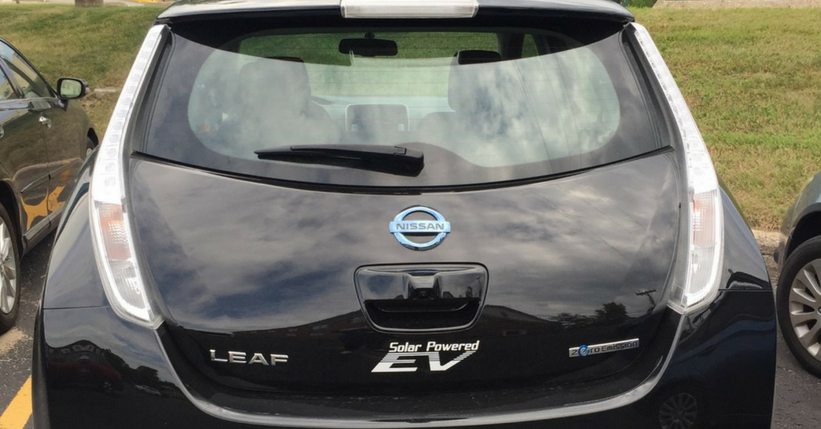
Globally we’re in the midst of an exciting transition to electric vehicles and there are signs of the change everywhere you look with cities, states and utilities all helping to promote this transition.
Energy Efficiency: Choosing the Best Light Bulb
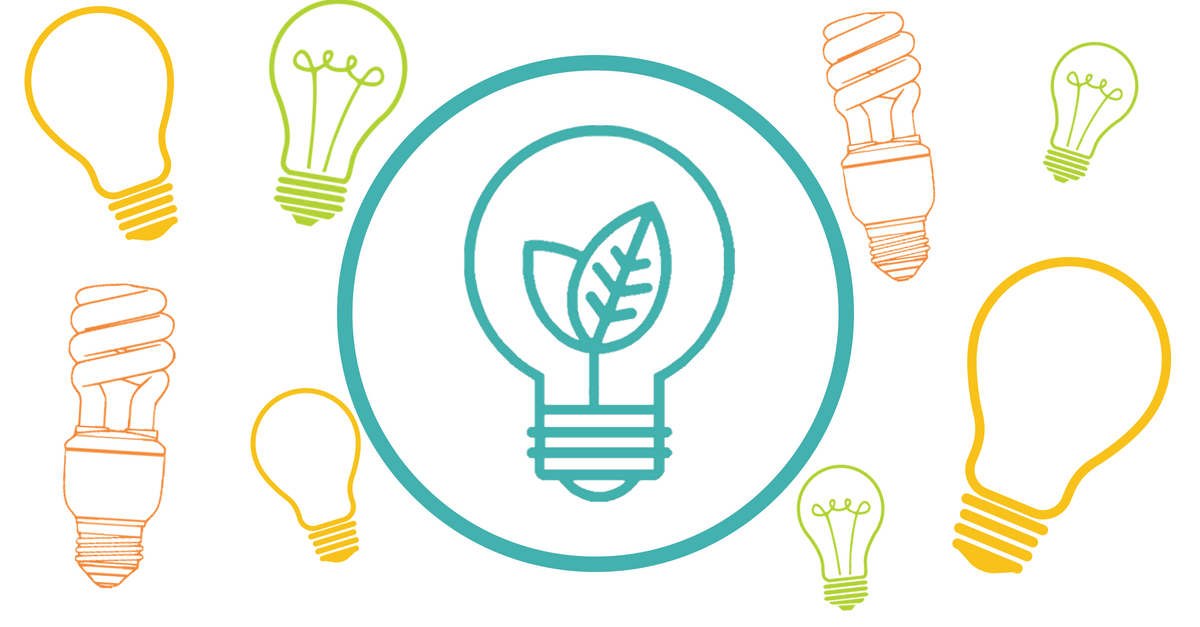
When it comes to choosing a light bulb, there are lots of options—but what’s the most energy efficient choice? Not all bulbs are created equal.
Inspired to Keep Standing Up for Sustainability
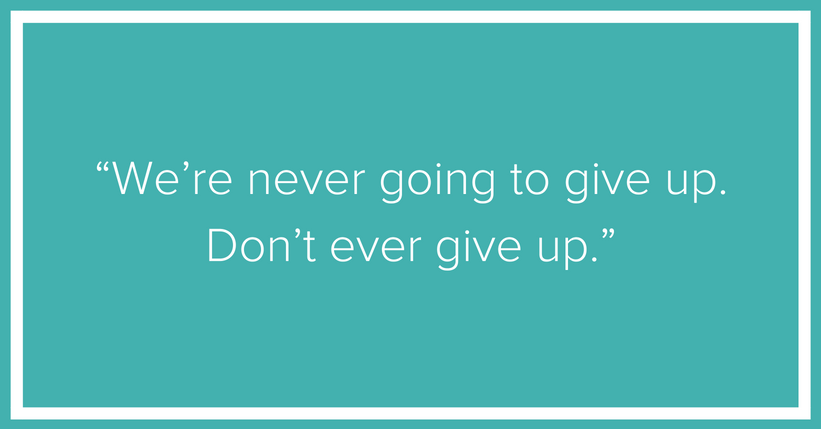
Advocating for sustainability is difficult work. Sometimes it feels a little hopeless—we see the headlines about shrinking glaciers and rising temperatures alongside stories about short-sighted politicians. Or our efforts to implement a new sustainability practice lack traction and we feel that nobody else cares about these issues. Frustrated and discouraged, we might start to ask ourselves if our efforts are in vain, if it’s even possible to make change happen.

